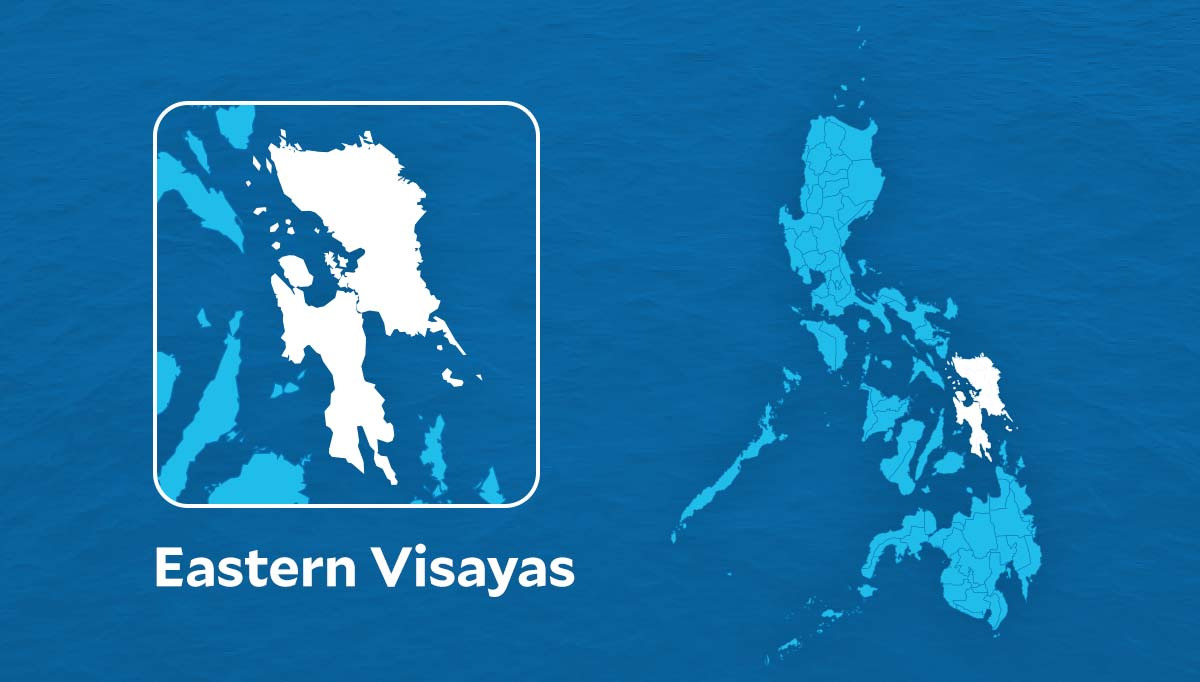
Poverty incidence in Eastern Visayas – one of the poorest in the country – has declined in the first quarter of 2024. Based on the data from the Philippine Statistics Authority (PSA), the poverty rate in the region from January to March 2024 reached 26.19 percent – which means 26 out of 100 families were classified as poor. The figure, however, was an improvement from the 28.9 percent in January to March 2023. INQUIRER FILES
TACLOBAN CITY — Poverty incidence in Eastern Visayas – one of the poorest in the country – has declined in the first quarter of this year.
Based on the data from the Philippine Statistics Authority (PSA), the poverty rate in the region from January to March 2024 reached 26.19 percent – which means 26 out of 100 families were classified as poor.
The figure, however, was an improvement from the 28.9 percent in January to March 2023.
According to the PSA, the decline in poverty incidence could be attributed to the region’s good economic performance.
The PSA reported that the region’s economy grew by 6.8 percent in 2023 with a total value of P492.9 billion.
READ: PH poverty rate falls to 15.5% in 2023 – PSA
In Tacloban City, Leyte, considered the region’s capital, a family of five needs at least P13,665 in monthly gross income to avoid being classified as “poor.”
Wilma Perante, PSA regional director, said falling below the amount places a family within the poverty threshold.
“So, if in a family, there are two who are working with a combined monthly gross income of P13,665 and above, they are considered to be outside the poverty threshold,” she said in a media conference on July 23.
An ordinary wage earner in the city has a daily income of P405 based on the current minimum wage.
Perante said the cost of living in the city remains affordable with the inflation rate in the first semester of 2024.
“As of June this year, the inflation rate in the region is at 4.0 percent, while that of Tacloban is only 3.6 percent. So, we cannot really say that our cost of living is expensive,” she said.
READ: SWS: 58 percent of Filipino families rate themselves poor in Q2 survey
Gladys Leporada, 43, depends on the income of her husband and eldest son.
Leporada’s husband, Neil, 45, works as a carpenter, while her son, Ryan, 19, is a service crew in one of the fast-food chains in the city.
Their combined monthly income is just over P11,000.
As a mother of seven, Leporada offers “hilot” (massage) services in their neighborhood, earning P200 per person, to meet both ends.
Most of their income goes to food and daily necessities.
“Our income barely meets our daily needs. Sometimes I have to take extra jobs to help my husband and son bring food to our table,” Leporada said.